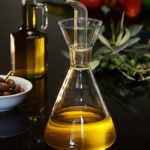This post is also available in:
Español (Spanish)
Nederlands (Dutch)
Français (French)
Deutsch (German)
Português (Portuguese (Portugal))
There are in the world of EVOO a multitude of terms that refer to a past that today we look back on with nostalgia and ignorance. In this post we will talk about Olive Oilcold pressed, first pressing, first cold pressing, cold extraction, definition, differences and similarities. So you can learn a little bit more about terms like “first cold pressed” and “cold extraction” which have a certain similarity, however, they are very different in time and quality.
Let’s start with the basics:
.
 How was Olive Oil extracted in a widespread way until the mid 80s of the last century?
How was Olive Oil extracted in a widespread way until the mid 80s of the last century?
.
First step: Milling (grinding the olive). Traditionally, a stone mill was used to grind the olives, consisting of two granite millstones which, rotating one on top of the other, crushed the fruit. This laborious process, carried out by animal power or, somewhat later, by means of a motor that moved the millstones, resulted in a paste of olives, pits and leaves. 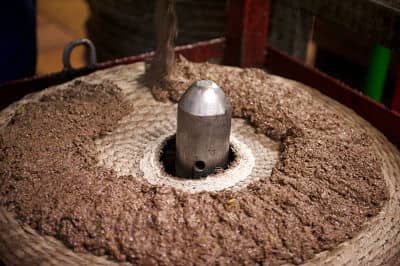
 How is Extra Virgin Olive Oil extracted today?Extra Virgin Olive Oil h?
How is Extra Virgin Olive Oil extracted today?Extra Virgin Olive Oil h?
To put it in a nutshell, nowadays the olives are beaten in a hammer mill (blender) and the paste is decanted and then centrifuged. A very clean, hygienic and safe process. During the whole process, an increase in temperature will cause an increase in the quantity of oil extracted, but a notable drop in quality that can even lead to the oil no longer being considered “extra”. For all these reasons, although the term “cold-pressed olive oil” is still used, it is a process that is no longer carried out.
.
What is the “cold extraction” of Extra Virgin Olive Oil?
.
The best way to extract the aromas, flavour and, consequently, the polyphenols, vitamins, oleocatal and other beneficial elements of Olive Oil is to do it cold, below 27ºC. Particularly the polyphenols are highly soluble in water and volatile from that temperature onwards, so in order to obtain the best Extra Virgin Olive Oil possible, the olive mass must be crushed and beaten below that temperature. Thus, oils extracted at low temperatures (such as that of La Verea Andaluza) usually brand their quality with the label “cold extraction” or cold pressed. Having defined the concepts “first pressed” and “cold extraction”, we can corroborate how the industry, marketing, misuse and popular ignorance have led to the creation of a series of erroneous and inaccurate terms, such as the aforementioned “first cold pressed oil”. Let us recapitulate below: Despite the fact that no “pressure” is used in the extraction of the oil, stone grindstones, capachos or a groove in the ground for the oil to circulate to a tank on the ground, modern terminology such as “cold extraction” has been added to generate different variants that do little or nothing to help the consumer to choose a Extra Virgin Olive Oil of superior quality.
Benefits of cold extra virgin olive oil
.
High in nutrients
.
The main type of fat in EVOO, unsaturated fat, is very healthy. Extra Virgin Olive Oil contains vitamins E and K. Vitamins E are antioxidants involved in immune function, while vitamins K play a key role in blood clotting and bone health. Cold-extracted EVOO contains at least 30 beneficial plant compounds, many of which are antioxidants with anti-inflammatory effects.
Fights inflammation
.
Extra Virgin Olive Oil can help decrease inflammation, thanks to its high concentration of healthy fats, antioxidants and compounds such as oleocanthal. oleocanthal is a natural anti-inflammatory agent. Laboratory studies indicate that it acts in a similar way to ibuprofen, an anti-inflammatory drug.
Promotes brain health
.
Diets rich in Extra Virgin Olive Oil extracted cold promote brain health. The MIND diet (Mediterranean-DASH intervention for neurodegenerative delay) recommends cooking with Extra Virgin Olive Oil. It combines thetraditional Mediterranean diet with the Dietary Approaches to Stop Hypertension Diet (DASH).
Protects against heart disease
.
Heart disease is one of the main causes of deaths of men and women worldwide. Foods rich in saturated fats with Extra Virgin Olive Oil can help to reduce bad cholesterol and blood pressure levels, two major risk factors for cardiovascular disease. The Mediterranean diet that relies on AOVE as its main source of fat reduces your risk of heart attack and stroke. 
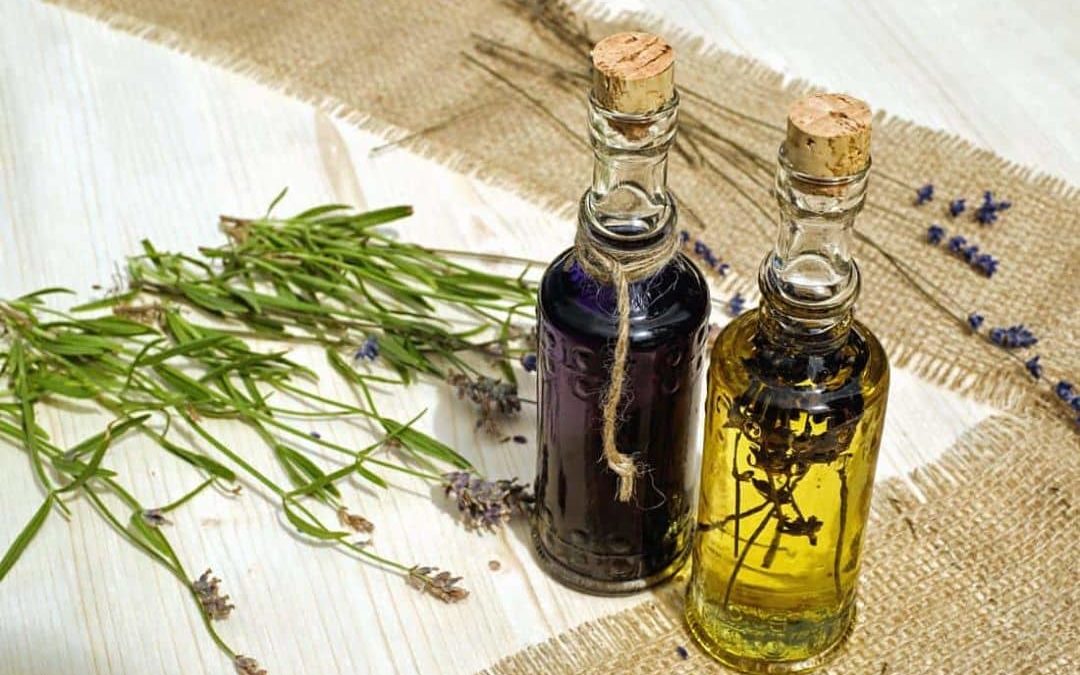
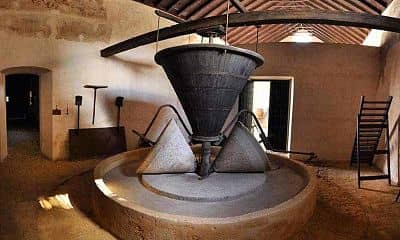 How was Olive Oil extracted in a widespread way until the mid 80s of the last century?
How was Olive Oil extracted in a widespread way until the mid 80s of the last century?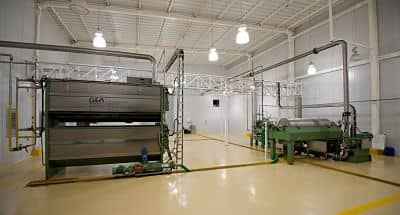 How is Extra Virgin Olive Oil extracted today?Extra Virgin Olive Oil h?
How is Extra Virgin Olive Oil extracted today?Extra Virgin Olive Oil h?






